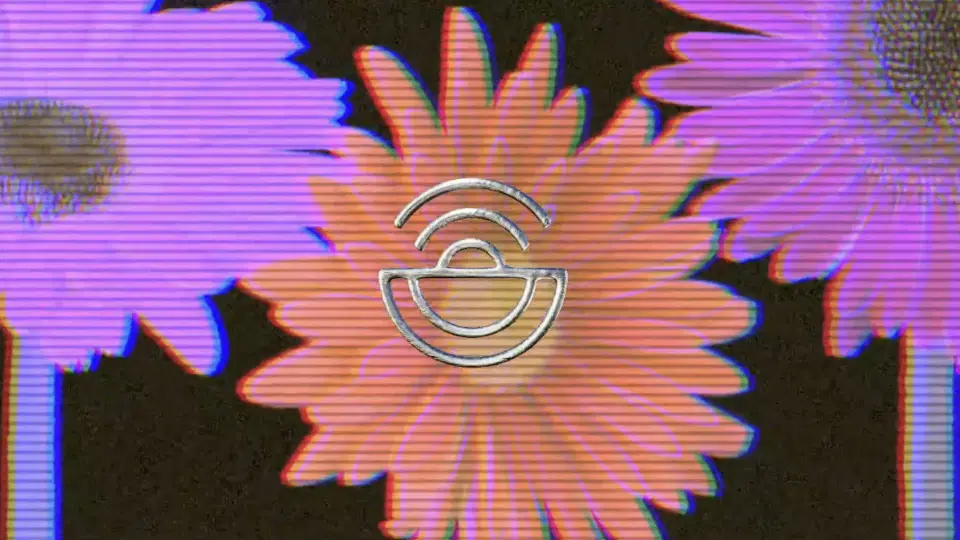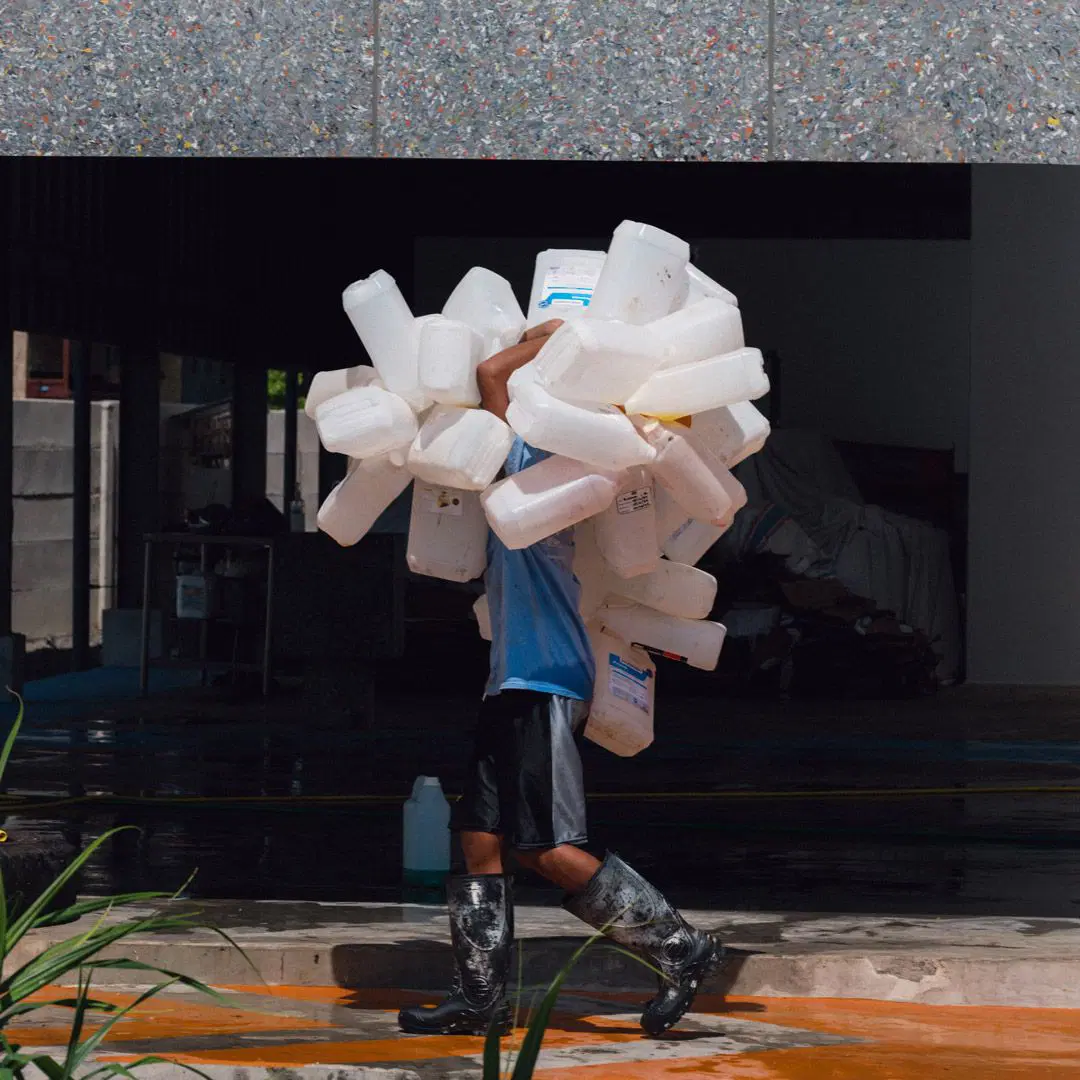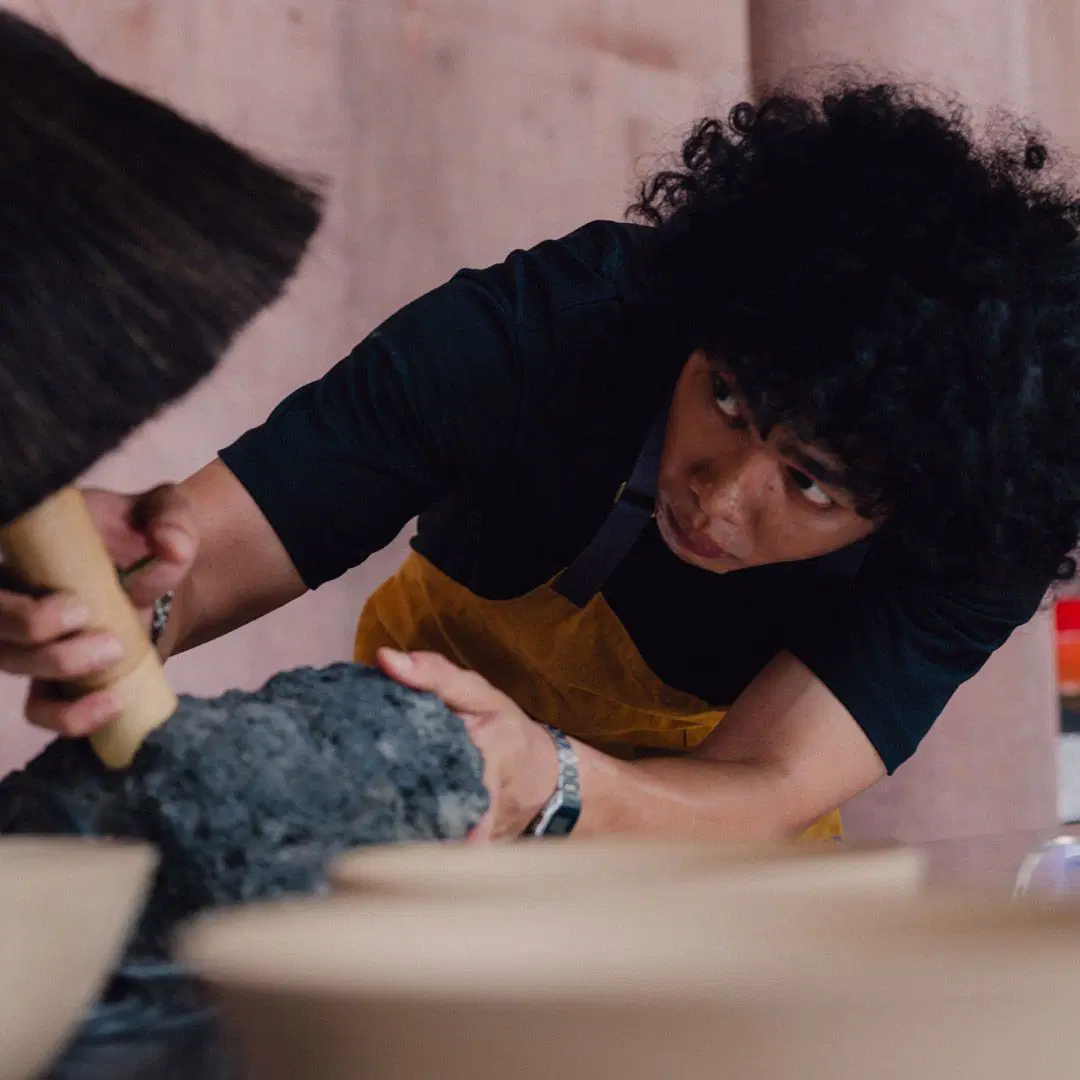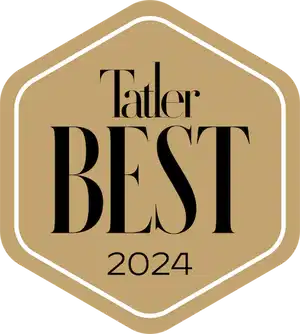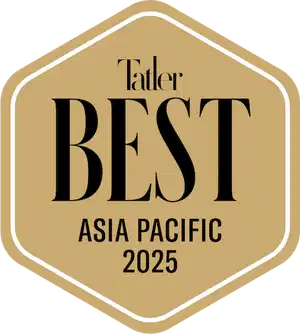We’ve been guided and supported by so many partners along the way. Now, we’re sharing our challenges, and we hope this can be a helpful resource for anyone embarking on a similar journey.
We’ll continue to provide updates as we encounter new challenges and find new solutions, sharing our progress every year. Our goal is to inspire and assist others, just as we’ve been inspired and helped ourselves.
We’re in this together. If you have suggestions, ideas, or solutions you think could help, or if you’d like to explore our ideas further, please connect at [email protected]
